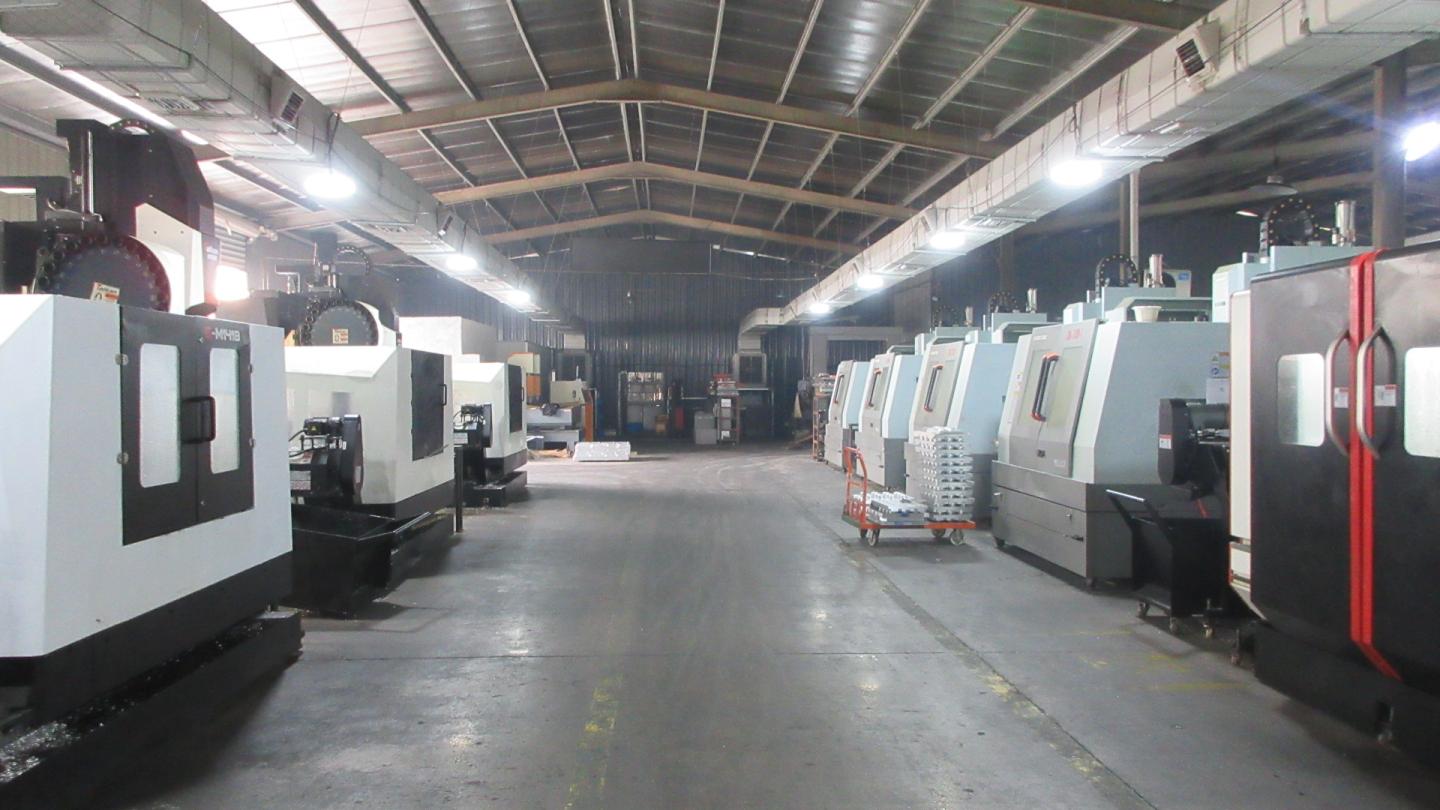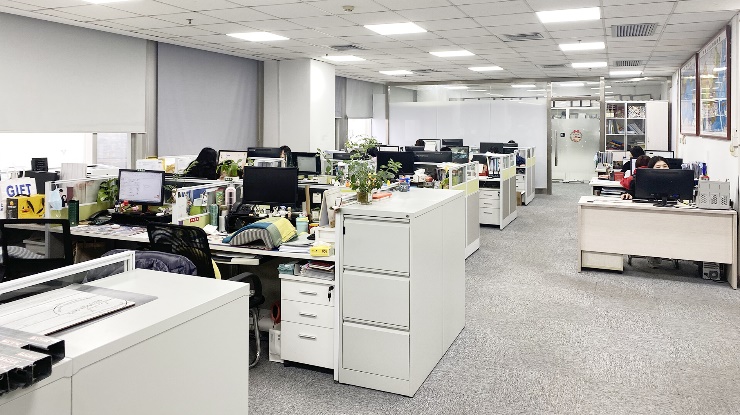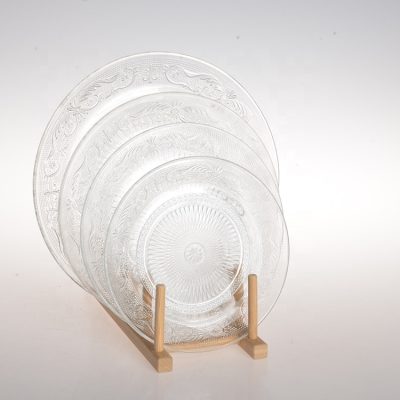
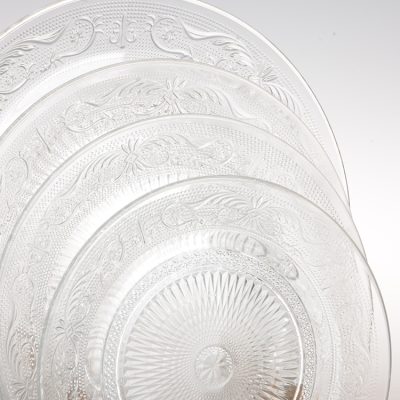
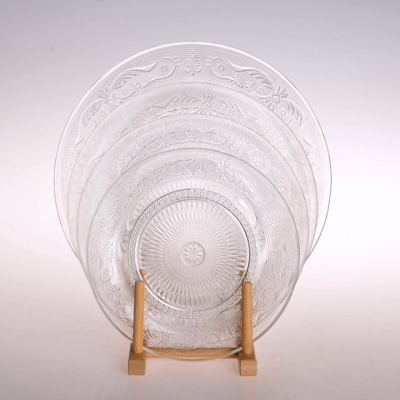
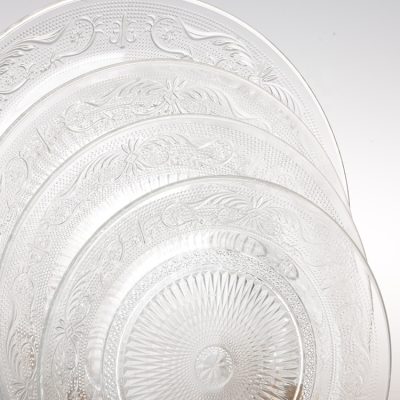

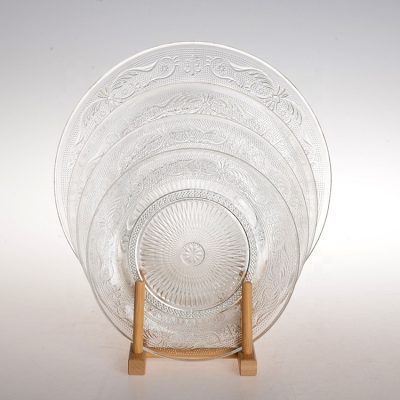
| item | Glass Charger Plates |
| Material | Glass |
| Color | transparent |
| Shape | round |
| MOQ | 15 Pcs |
| Type | table decoration charger |
| Size | 4*7.CM, |
| Weight | 520g |
| Sample lead time | 3-7days |
| Packaging | carton |
| Delivery time | Within 30 days after receipt of 30% T/T deposit or L/C at sight |
Glass is an amorphous inorganic non-metallic material, generally made of a variety of inorganic minerals (such as quartz sand, borax, boric acid, barite, barium carbonate, limestone, feldspar, soda ash, etc.) as the main raw material, and a small amount of auxiliary raw materials are added. of. Its main components are silica and other oxides. [1] The chemical composition of ordinary glass is Na2SiO3, CaSiO3, SiO2 or Na2O·CaO·6SiO2, etc. The main component is silicate double salt, which is an amorphous solid with random structure. It is widely used in buildings to block wind and light, and belongs to a mixture. There are also colored glass mixed with oxides or salts of certain metals to show color, and tempered glass obtained by physical or chemical methods. Sometimes some transparent plastics (such as polymethyl methacrylate) are also called plexiglass. Glass is usually divided into oxide glass and non-oxide glass according to the main components. There are few varieties and quantities of non-oxide glass, mainly chalcogenide glass and halide glass. The anions of chalcogenide glass are mostly sulfur, selenium, tellurium, etc., which can cut off short-wavelength light and pass yellow and red light, as well as near and far infrared light. It has low resistance and has switching and memory characteristics. Halide glass has low refractive index and low dispersion, and is mostly used as optical glass.
Oxide glass is further divided into silicate glass, borate glass, phosphate glass, etc.
In the 12th century AD, commercial glass appeared and began to become an industrial material. In the 18th century, in order to meet the needs of making telescopes, optical glass was produced. In 1874, Belgium was the first to produce flat glass. In 1906, the flat glass machine was produced in the United States. Since then, with the industrialization and scale of glass production, glass of various uses and properties has come out one after another. In modern times, glass has become an important material in daily life, production and scientific and technological fields. General glass is an amorphous solid with a random structure (from a microscopic point of view, glass is also a liquid), its molecules do not have a long-range ordered arrangement in space like a crystal, but a short-range ordered arrangement similar to a liquid. sequence. Glass retains a specific shape like a solid and does not flow with gravity like a liquid.
